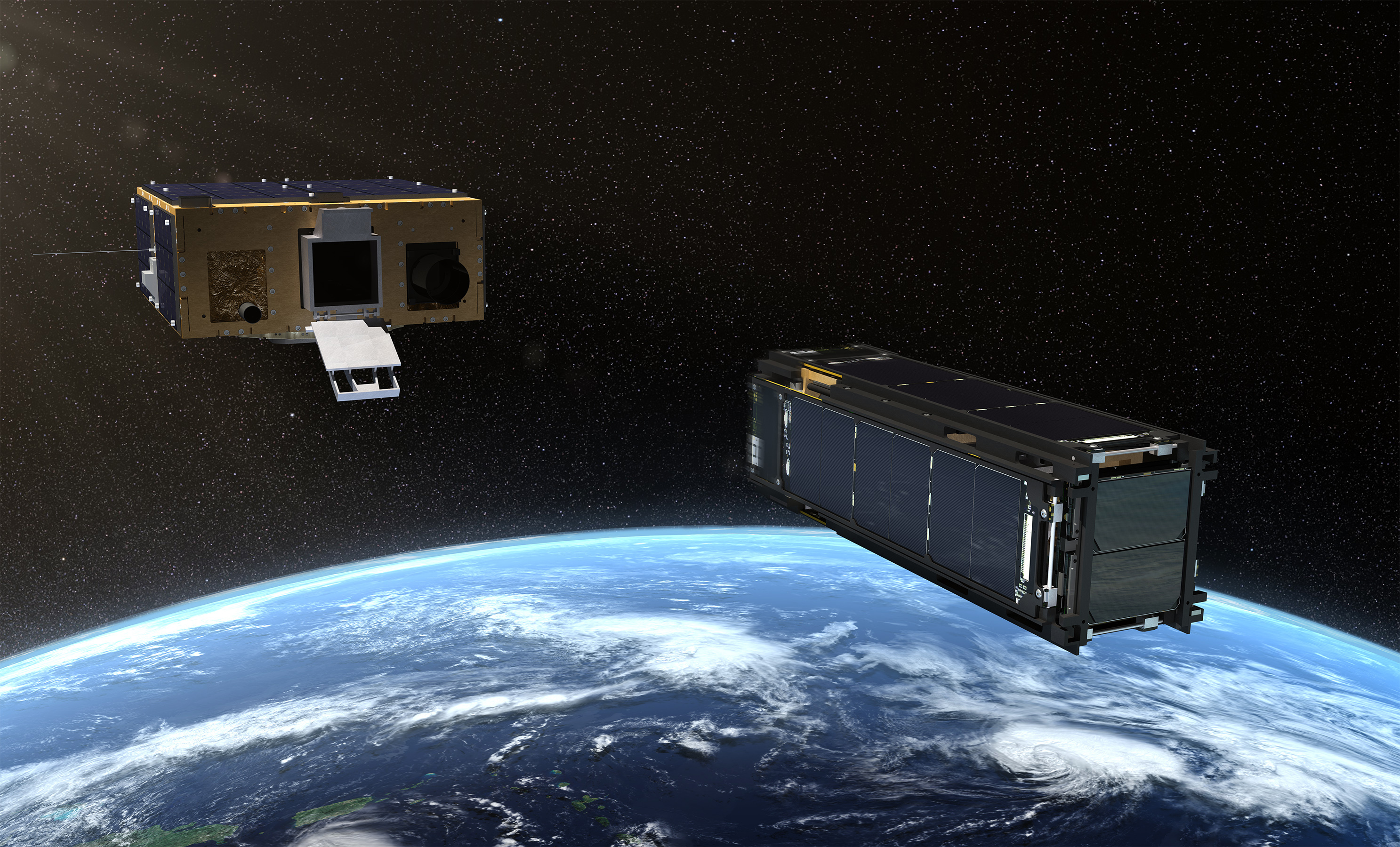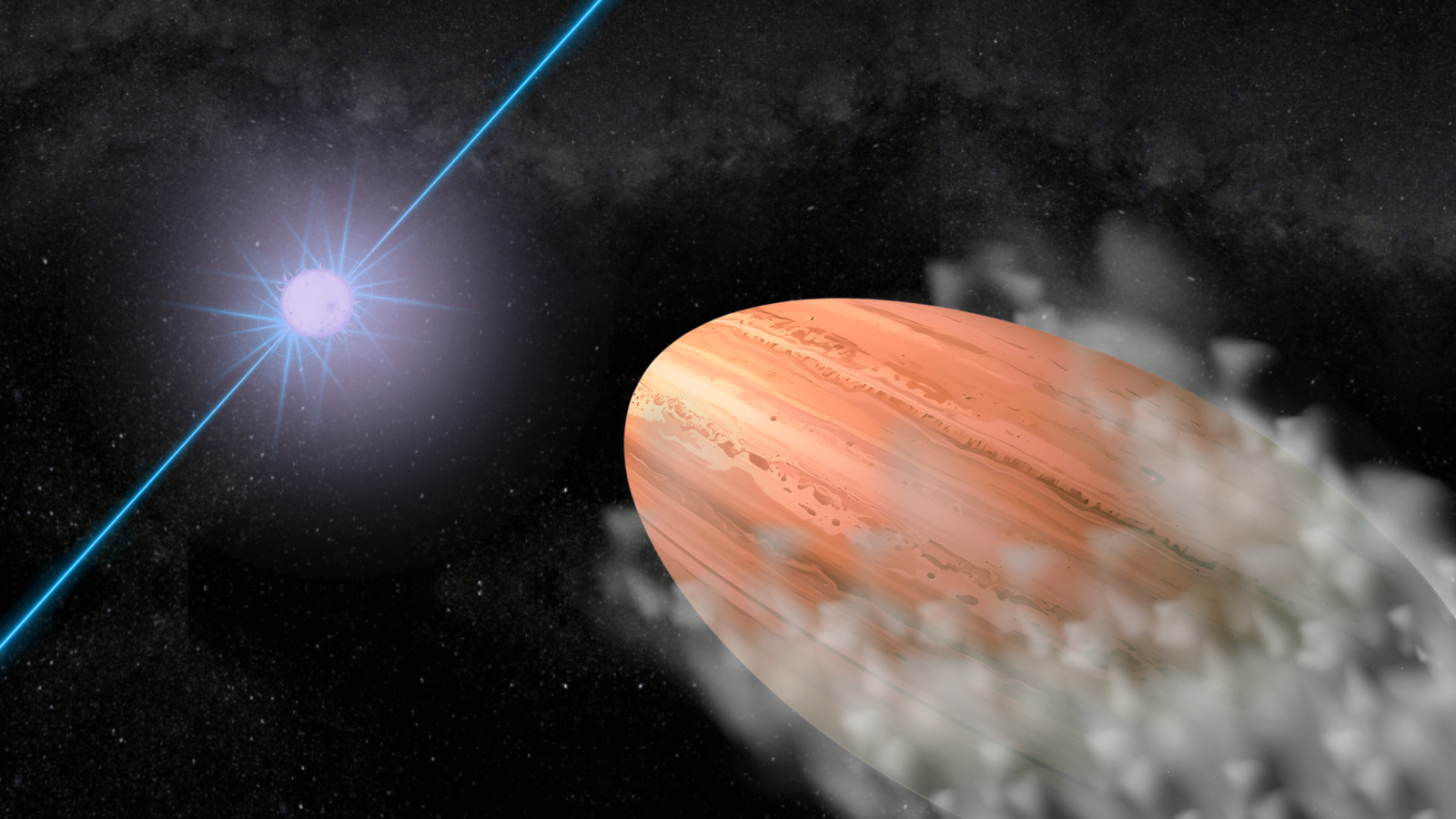Sailing on Sunbeams: Planetary Society's LightSail 2 to Soar Higher Than Space Station

Update, June 24 at 9:20 p.m. EDT: SpaceX has announced they are now targeting a 2:30 a.m. EDT (0630 GMT) launch time, three hours into their original launch window.
A spacecraft powered by sunlight is expected to launch on June 22, capping off a yearslong odyssey for The Planetary Society.
Called LightSail 2, the bread loaf-sized spacecraft is ready to fly onboard a SpaceX Falcon Heavy rocket launching from the Kennedy Space Center in Florida, Planetary Society representatives said in a statement. With LightSail 2, the group's major objective is to deploy a solar sail roughly the size of a boxing ring. The craft will use the sail to raise its orbit around Earth, relying on nothing more than the pressure of photons (particles of electromagnetic radiation) from the sun.
"If successful, LightSail 2 will become the first spacecraft to raise its orbit around the Earth using sunlight," Planetary Society representatives said in the statement.
Related: LightSail Spacecraft Snaps Solar Sail Selfie in Space (Photo)
"While light has no mass, it has momentum that can be transferred to other objects," the representatives added. "A solar sail harnesses this momentum for propulsion. LightSail 2 will demonstrate the application of solar sailing for cubesats, [which are] small, standardized spacecraft that have made spaceflight more affordable for academics, government organizations and private institutions."
LightSail 2 won't be alone on its epic launch. The craft is part of the Department of Defense's Space Test Program-2, which will carry 24 spacecraft to three different orbits. LightSail 2 will ride to space inside Prox-1, a Georgia Institute of Technology spacecraft designed to demonstrate how to perform operations close to other spacecraft in orbit. Prox-1 will release LightSail 2 after a week in space.
Breaking space news, the latest updates on rocket launches, skywatching events and more!

If all goes well, a few days after deployment from Prox 2, LightSail 2 should open up its solar panels, then deploy four triangular Mylar solar sails. Gradually, the sun's pressure will boost the spacecraft higher and higher. After a month of this solar pressure, the spacecraft will soar as high as 450 miles (720 kilometers) above Earth, which is double the altitude of the International Space Station.
LightSail 2 was originally expected to fly last year, but an August test showed that the batteries had drained "more than was desired" since they were installed on the Prox-1 spacecraft in March 2018, Planetary Society representatives said in a previous statement. Amid rocket launch delays, mission managers decided to temporarily fly LightSail 2 back to California Polytechnic State University (where mission testing was performed) for periodic battery top-ups — rather than letting it empty over time — until a new launch date was secured.
This mission is a follow-on to the LightSail 1 mission, which launched on May 20, 2015 along with the X-37B, a secretive Air Force plane capable of flying in Earth orbit for hundreds of days at a time. LightSail 1 overcame several software and communications glitches to accomplish all of its major objectives. LightSail 2 is expected to fly higher than LightSail 1 did.
Previous to the LightSails, The Planetary Society launched a sail called Cosmos 1 in 2005, but that craft never reached orbit after its rocket failed. Studies of solar sail aircraft at the society date back to its founding in 1980, The Planetary Society said, when co-founder Carl Sagan (who died in 1996) was discussing how to use solar sail spacecraft for exploring space.
There have been other solar sail missions, too. For example, the Japanese space program sent the Ikaros spacecraft aloft in 2010, becoming the first agency to successfully demonstrate a solar sail at some distance from Earth. NASA plans a deep-space solar sail test of its own around 2020 or 2021, when the mega Space Launch System rocket flies to the moon with several payloads. Among them is the NEA Scout spacecraft, which is designed to use a solar sail to explore a near-Earth asteroid.
- Wild Idea: What If Interstellar Visitor 'Oumuamua Is an Alien Light Sail?
- Facts About SpaceX's Falcon Heavy Rocket
- How Do Solar Sails Work?
Follow Elizabeth Howell on Twitter @howellspace. Follow us on Twitter @Spacedotcom and on Facebook.

Elizabeth Howell (she/her), Ph.D., was a staff writer in the spaceflight channel between 2022 and 2024 specializing in Canadian space news. She was contributing writer for Space.com for 10 years from 2012 to 2024. Elizabeth's reporting includes multiple exclusives with the White House, leading world coverage about a lost-and-found space tomato on the International Space Station, witnessing five human spaceflight launches on two continents, flying parabolic, working inside a spacesuit, and participating in a simulated Mars mission. Her latest book, "Why Am I Taller?" (ECW Press, 2022) is co-written with astronaut Dave Williams.

